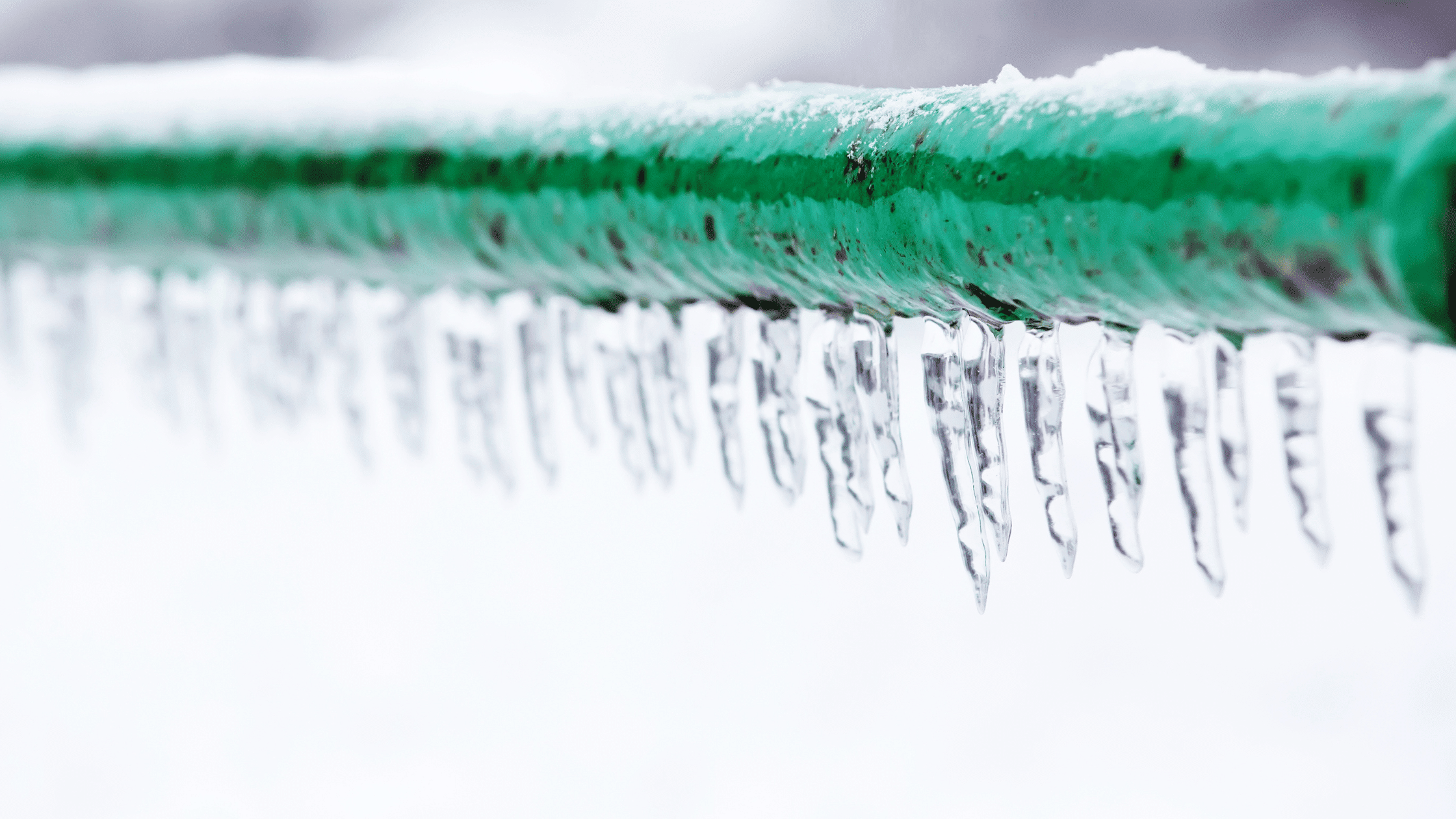As the temperature drops and the days get shorter, it’s time to start thinking about how to keep your home warm and cozy during the cold weather months. But with the increase in energy usage, your utility bills can quickly add up.
Fortunately, there are plenty of ways to save on your utility bills while still staying warm and comfortable. In this article, we’ll share some tips for saving on utility bills during the cold weather months, so you can have a green lifestyle and save money at the same time.
Why Is It Important to Save on Utility Bills?
Aside from the obvious benefit of saving money, there are other reasons why it’s important to save on utility bills during the cold weather months.
Reduce Your Carbon Footprint

Conserve Natural Resources
The more energy we use, the more natural resources we consume. By saving on utility bills, we can help conserve these resources for future generations.
Lower Your Stress Levels
High utility bills can cause stress and financial strain. By implementing energy-saving tips, you can lower your bills and reduce stress levels.
Tips for Saving on Utility Bills
Use a Programmable Thermostat
One of the easiest ways to save on utility bills is by using a programmable thermostat. This allows you to set the temperature to automatically adjust based on your schedule. For example, you can set it to lower the temperature when you’re away at work and raise it when you’re back home.
Seal Air Leaks
Air leaks can cause your heating system to work harder, resulting in higher energy usage and bills. Check for any gaps or cracks around windows, doors, and other openings, and seal them with caulk or weatherstripping.
Use Natural Light

Invest in Insulation
Proper insulation is key to keeping your home warm and reducing energy usage. Consider adding insulation to your walls, attic, and basement to prevent heat from escaping.
Lower Your Water Heater Temperature
Lowering your water heater temperature by just a few degrees can make a big difference in your utility bills. Aim for a temperature of 120 degrees Fahrenheit to save on energy usage.
Use Energy-Efficient Appliances
When it’s time to replace your appliances, opt for energy-efficient models. These use less energy and can save you money in the long run.
Unplug Electronics When Not in Use
Even when turned off, electronics can still use energy if they are plugged in. Unplug devices when not in use to save on energy usage.
Use LED Light Bulbs
LED light bulbs use significantly less energy than traditional incandescent bulbs. They also last longer, saving you money on replacements.
Wash Clothes in Cold Water
Washing clothes in cold water instead of hot can save on energy usage. Most modern detergents are designed to work well in cold water, so you won’t have to sacrifice cleanliness for savings.
Use a Fireplace
If you have a fireplace, use it to heat your home instead of relying solely on your heating system. Just be sure to close the flue when not in use to prevent heat from escaping.
Take Advantage of Natural Heat Sources
During the day, open curtains and blinds on south-facing windows to let in natural sunlight and heat. At night, close them to keep the heat in.
Use Ceiling Fans
Ceiling fans can help circulate warm air throughout your home, reducing the need for your heating system to work as hard.
Invest in a Smart Power Strip
Smart power strips can automatically turn off electronics when they are not in use, saving on energy usage and utility bills.
Use a Humidifier
Dry air can feel colder, causing you to turn up the heat. Using a humidifier can add moisture to the air, making it feel warmer and reducing the need for heat.
Layer Up

Schedule Regular Maintenance for Your Heating System
Regular maintenance for your heating system can ensure it is running efficiently and effectively. This can save on energy usage and prevent costly repairs in the future.
Real-World Examples of Energy-Saving Tips
The Greenest Home in America
The Greenest Home in America, located in Silicon Valley, is a prime example of how energy-saving tips can make a big difference. The home is completely off the grid and uses solar panels, geothermal heating and cooling, and other energy-saving features to reduce energy usage and utility bills.
The Zero Energy House
The Zero Energy House in Auckland, New Zealand, is another example of how energy-saving tips can be implemented in a real-world setting. The home uses solar panels, rainwater harvesting, and other energy-saving features to achieve a zero energy rating.
Who Is Responsible for Saving on Utility Bills?

Takeaways
Saving on utility bills during the cold weather months is important for reducing your carbon footprint, conserving natural resources, and lowering stress levels. By implementing energy-saving tips such as using a programmable thermostat, sealing air leaks, and using natural light, you can save money and have a green lifestyle. Remember to also schedule regular maintenance for your heating system and invest in energy-efficient appliances for long-term savings. With these tips, you can stay warm and cozy while also being environmentally conscious.


